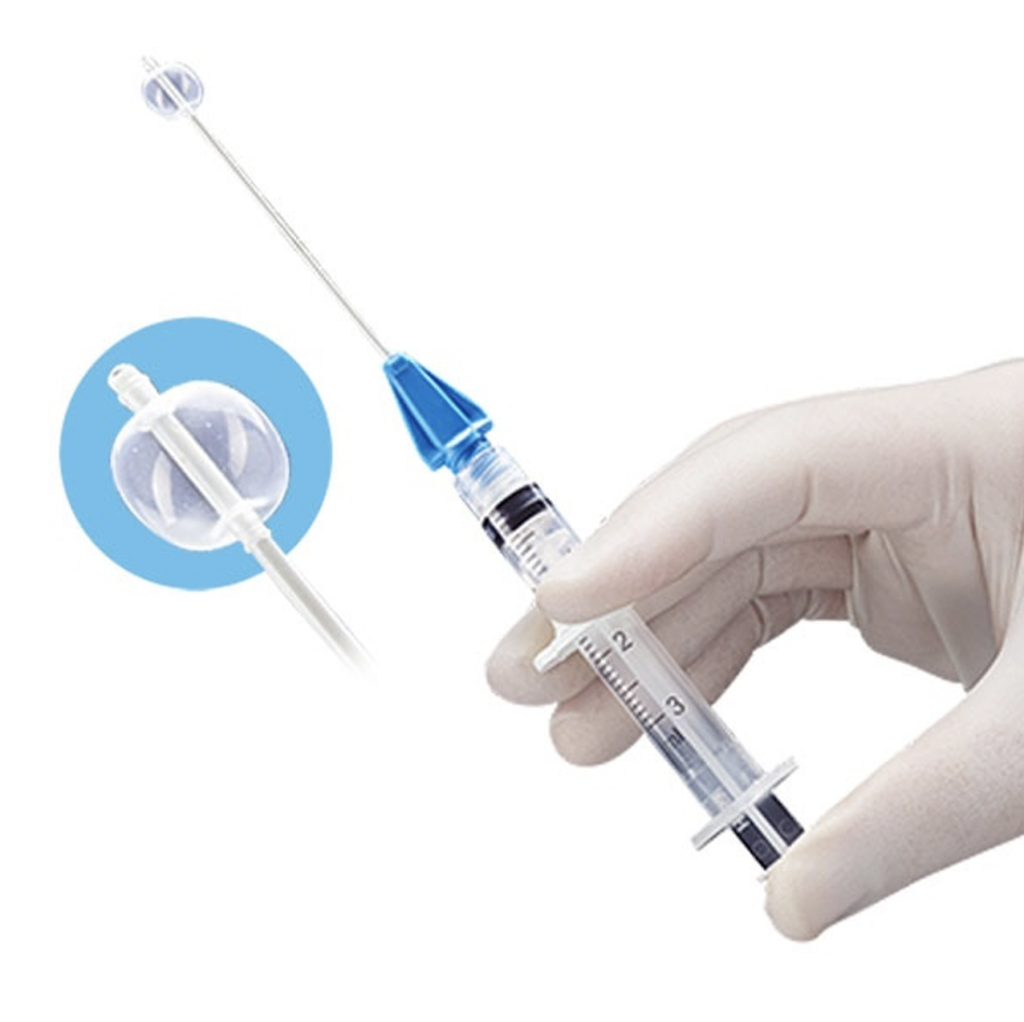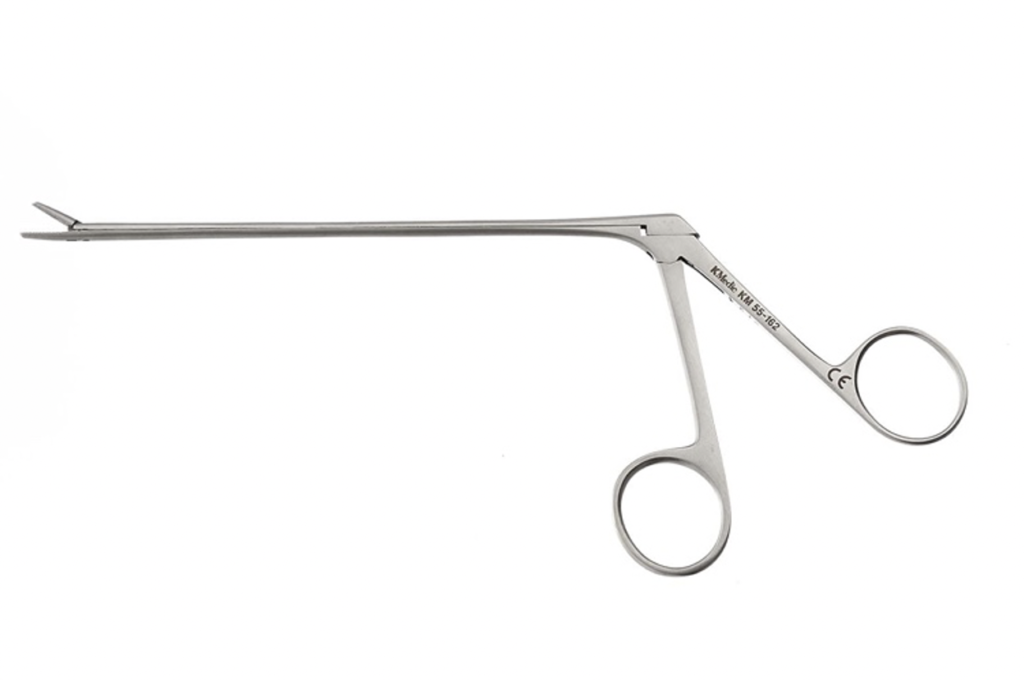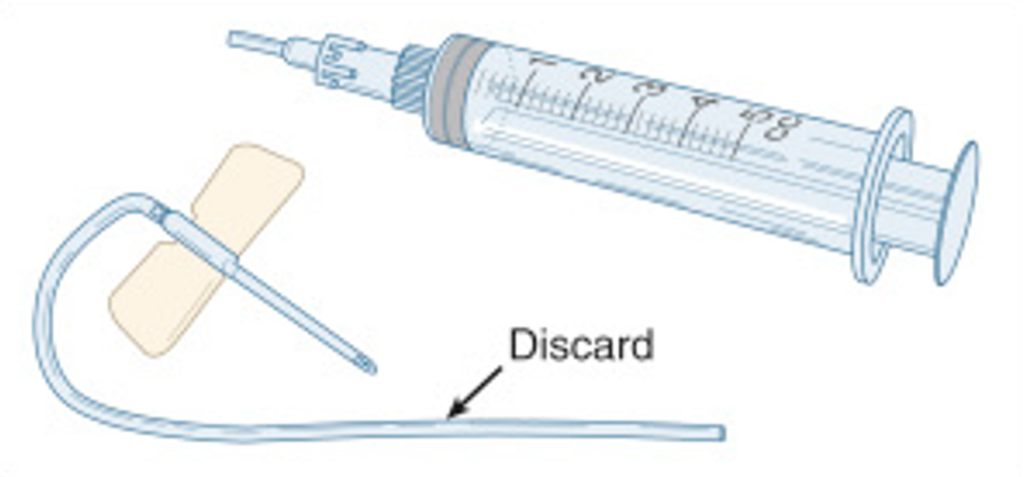Background
- Foreign bodies are a common complaint in pediatric patients
- Common sites include the ear and nose, as well as the respiratory and GI tracts
- Common objects include food, paper, beads, buttons, magnets, batteries, pen caps, and small toys (e.g. Legos)
Aural Foreign Bodies
- Foreign bodies in the external auditory canal may be asymptomatic or cause pain, bleeding, or otorrhea
- Diagnosis is through visual inspection but may require ENT consultation
- Complications include otitis externa and perforation of the tympanic membrane
Nasal Foreign Bodies
- Nasal foreign bodies may be asymptomatic but often cause local irritation
- Diagnosis is through visual inspection but may require ENT consultation, depending on location
- They should be suspected in any patient with unilateral purulent nasal discharge
Extraction of Aural and Nasal Foreign Bodies
- The method of extracting foreign bodies depends on the type of object
- In the case of both ear and nasal foreign bodies, care must be taken to avoid pushing objects in further
- “Mother’s kiss”
- Although the “mother’s kiss” is effective only ~60% of the time, it is worth attempting, especially because it requires no tools (other than a willing participant)
- This technique consists of the adult placing his or her mouth over the child’s, occluding the unaffected nare, and blowing quickly and forcefully
- Even if unsuccessful, this technique may be useful to improve visualization of the foreign body
- Katz extractor
- Immensely useful for extracting both aural and nasal foreign bodies
- Consists of a syringe attached to a small balloon catheter that is inserted beyond the object, inflated, and then retracted
- A small urinary catheter may be used if a Katz extractor is not available

Katz Extractor
- Alligator forceps
- Useful for small, irregularly shaped objects
- May push rounded, smooth objects further in

Alligator Forceps
- DIY irrigation
- Irrigation can be a helpful tool for impacted cerumen as well as non-organic objects with the exception of batteries
- DIY irrigation can be performed with the help of a syringe attached to either an angiocath or a trimmed section of the luer lock portion of a butterfly needle (cut to ~1 inch)

DIY Aural Irrigation
Airway Foreign Bodies
- Foreign bodies in the airway produce symptoms that vary with the level of arrest
- Patients may be asymptomatic or have symptoms as described below
- Objects that obstruct the larynx cause choking and should be addressed with the Heimlich maneuver
- Objects in the airway that do not cause full obstruction can cause choking, cough, and wheezing
- Patients may have asymmetric breath sounds if the object is located in one of the mainstem bronchi
- Diagnosis
- ABCs are the first priority in these patients
- Chest radiographs should be obtained, including with PA and decubitus positioning, and may show air trapping, atelectasis, or pneumothorax
- Management includes bronchoscopy for diagnostic and treatment purposes
- Complications of airway foreign bodies include pneumonia, abscess, atelectasis, and bronchiectasis
GI Foreign Bodies
- Esophageal foreign bodies
- Esophageal foreign bodies often lodge in areas of physiologic narrowing, including the thoracic inlet, middle esophagus (at the crossing of the aortic arch), and lower esophageal sphincter
- Symptoms include choking/gagging, vomiting, dysphagia, and odynophagia
- Patients should undergo imaging, including PA/lateral chest radiographs or CT if necessary
- If parents bring an example of the object, it may be useful to put it on the x-ray plate to determine whether it is radiopaque
- Button batteries have the characteristic halo on the head-on view and step-off on lateral imaging (see below)
- Management
- Emergent endoscopy for: obstruction with inability to tolerate secretions, button batteries in the esophagus, and sharp objects
- Urgent endoscopy (within 12-24h) for: non-pointed objects including coins, partial obstruction, sharp or large objects in the stomach or duodenum, and multiple magnets because of the risk of erosion in the tissues between the magnets
- Nonurgent management: objects in the stomach, button batteries in the stomach up to 48h if asymptomatic, or objects that remain in the esophagus for several weeks
- Medical management is not recommended
- Complications include mucosal abrasions, lacerations, and necrosis with potential perforation, as well as stricture formation
- Gastric or intestinal foreign bodies
- Patients may be asymptomatic, or symptoms may include abdominal pain and vomiting
- Imaging should include two views (e.g. PA and cross table lateral radiographs) to localize the object in space
- Most objects will pass spontaneously; see management of esophageal foreign bodies above for caveats

PA and Lateral Views of a Button Battery (credit: REBEL EM)
References
Bellocchi, Gianluca & Acquaviva, Gilberto & Indaco, Federica & Eibenstein, Alberto. (2020). Foreign bodies in the pediatric age: the experience of an Italian tertiary care hospital. Acta bio-medica : Atenei Parmensis. 91. 60-64. 10.23750/abm.v91i1-S.9260.
Conners GP, Mohseni M. Pediatric Foreign Body Ingestion. [Updated 2019 Nov 26]. In: StatPearls [Internet]. Treasure Island (FL): StatPearls Publishing; 2020 Jan-. Available from: https://www.ncbi.nlm.nih.gov/books/NBK430915/
Cramer N, Jabbour N, Tavarez MM, et al. Foreign Body Aspiration. [Updated 2019 Dec 20]. In: StatPearls [Internet]. Treasure Island (FL): StatPearls Publishing; 2020 Jan-. Available from: https://www.ncbi.nlm.nih.gov/books/NBK531480/
Hira, İbrahim & Tofar, Mehmet & Bayram, Ali & Yaşar, Mehmet & Mutlu, Cemil & Ozcan, Ibrahim. (2019). Childhood Nasal Foreign Bodies: Analysis of 1724 Cases. Turkish Archives of Otorhinolaryngology. 57. 187-190. 10.5152/tao.2019.4096.
Long, Brit & Koyfman, Alex & Gottlieb, Michael. (2019). Esophageal Foreign Bodies and Obstruction in the Emergency Department Setting: An Evidence-Based Review. Journal of Emergency Medicine. 56. 499-511. 10.1016/j.jemermed.2019.01.025.
Prasad N, Harley E. (2020). The aural foreign body space: A review of pediatric ear foreign bodies and a management paradigm. International Journal of Pediatric Otorhinolaryngology, Volume 132, 109871, ISSN 0165-5876, https://doi.org/10.1016/j.ijporl.2020.109871.
Schaefer TJ, Trocinski D. Esophagial Foreign Body. [Updated 2019 Nov 26]. In: StatPearls [Internet]. Treasure Island (FL): StatPearls Publishing; 2020 Jan-. Available from: https://www.ncbi.nlm.nih.gov/books/NBK482131/
